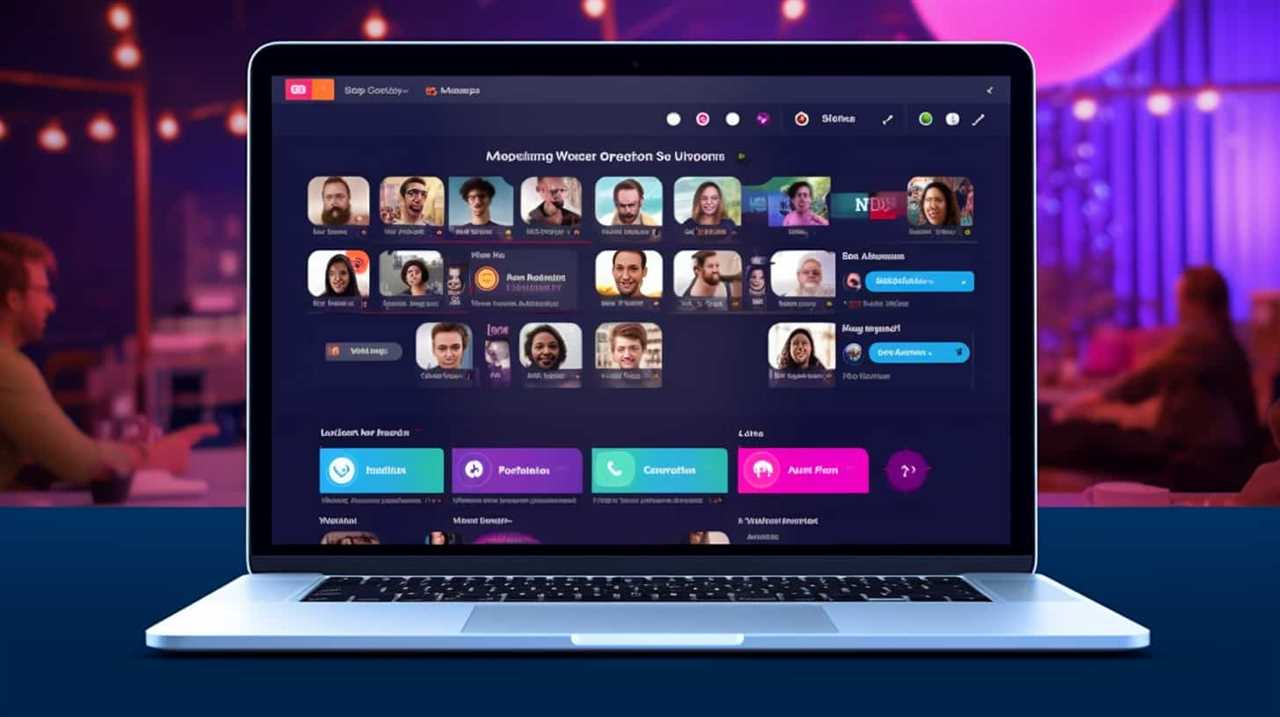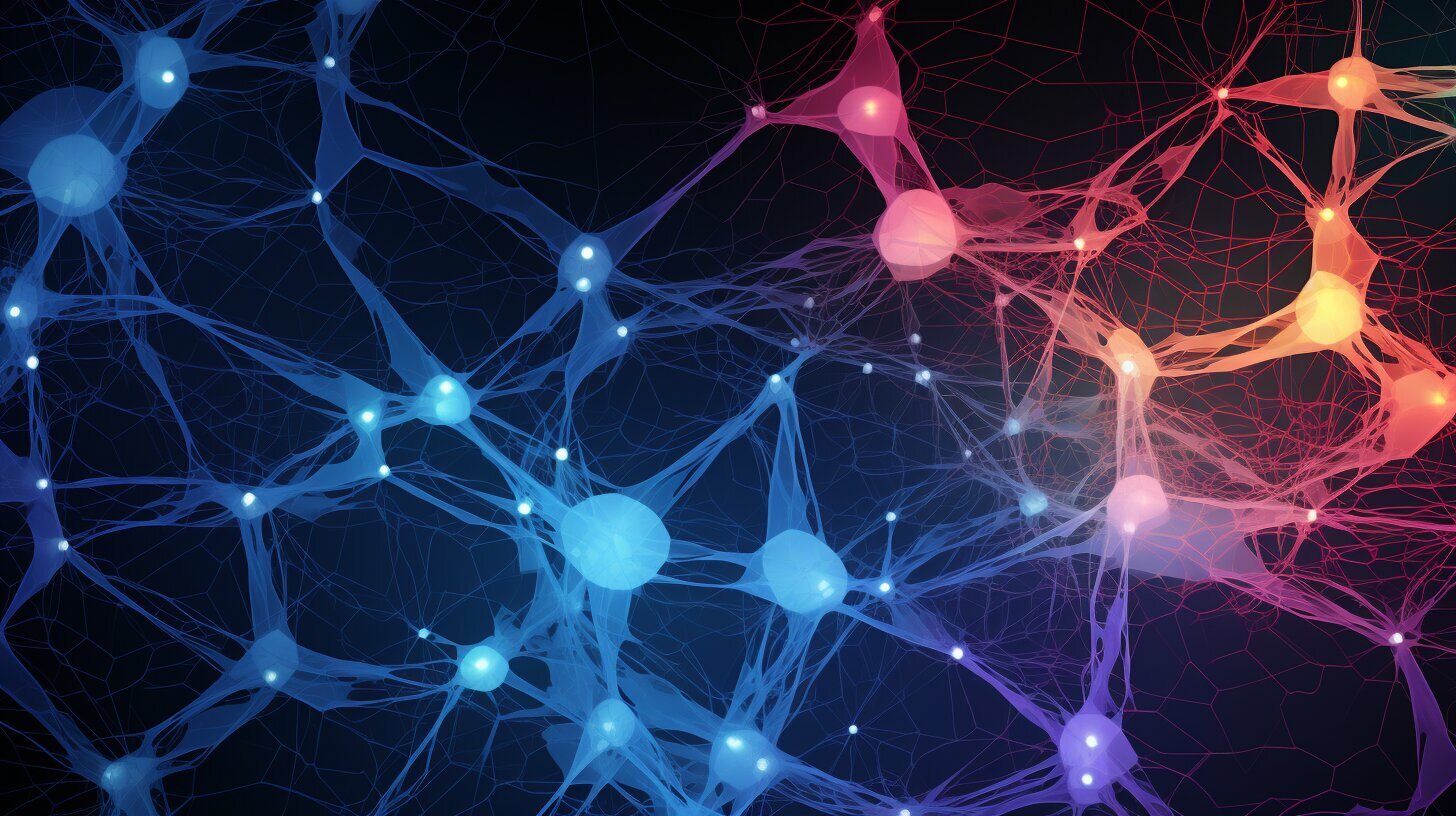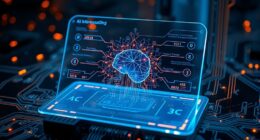We can achieve freedom by harnessing the power of intelligent tutoring systems!
Imagine a world where learning is personalized, engaging, and tailored to each individual’s needs. With real-time feedback, adaptive content, and enhanced student engagement, the possibilities for academic success are boundless.
Say goodbye to one-size-fits-all education and hello to a future where every learner can thrive. It’s time to break free from the constraints of traditional teaching methods and embrace the transformative potential of personalized learning.
Let’s embark on this journey together.
Key Takeaways
- Gamification techniques and collaborative learning approaches enhance student engagement and promote active participation in the learning process.
- Personalized instruction and tailored learning experiences foster student engagement, motivation, and improve learning outcomes.
- Real-time feedback and assessment empower students to track their progress, identify areas of improvement, and take control of their learning.
- Adaptive instructional content and intelligent tutoring systems adjust to each student’s needs, provide personalized support, and help overcome learning gaps for improved academic outcomes.

Enhanced Student Engagement
In the article, we explore the impact of intelligent tutoring systems on enhanced student engagement.
One of the key factors that contribute to enhanced student engagement is the use of gamification techniques. By incorporating elements of games, such as challenges, rewards, and competition, into the learning process, students are motivated and actively participate in their education. Gamification techniques create a sense of excitement and enjoyment, making learning more interactive and enjoyable for students.
Another aspect that enhances student engagement is collaborative learning approaches. By encouraging students to work together, share ideas, and solve problems collectively, they become more engaged in the learning process. Collaborative learning promotes active participation, critical thinking, and communication skills, leading to a deeper understanding of the subject matter.

Individualized Learning Experiences
To further enhance the impact of intelligent tutoring systems on student engagement, we can delve into the realm of individualized learning experiences. Personalized instruction and customized curriculum are key components of individualized learning, allowing students to learn at their own pace and focus on their specific needs and interests.
By tailoring the learning experience to each student, intelligent tutoring systems can provide a more effective and efficient way of acquiring knowledge. Through personalized instruction, students receive targeted support and guidance, helping them to grasp complex concepts and overcome challenges. Additionally, a customized curriculum ensures that students are engaged and motivated, as they’ve the opportunity to explore topics that align with their interests.

Real-Time Feedback and Assessment
Furthermore, by providing real-time feedback and assessment, intelligent tutoring systems empower students to track their progress and make adjustments in their learning journey.
With immediate progress tracking, students can receive instant feedback on their performance, allowing them to identify areas of strength and weakness. This real-time feedback enables students to take control of their learning, as they can actively monitor their development and make targeted improvements.
Additionally, intelligent tutoring systems can offer personalized interventions based on the student’s individual needs. Through adaptive algorithms, the system can identify specific areas where the student requires additional support or practice, providing customized interventions to address those gaps.
This personalized approach ensures that students receive tailored guidance and resources, maximizing their learning potential and promoting a sense of autonomy in their educational journey.

Adaptive Instructional Content
We continue the discussion from the previous subtopic, as intelligent tutoring systems provide us with adaptive instructional content that caters to our individual learning needs.
Interactive exercises play a crucial role in this process, allowing us to actively engage with the material and apply our knowledge. These exercises are designed to challenge us at the appropriate level, ensuring that we’re neither overwhelmed nor bored.
As we progress through the content, the system continuously analyzes our performance and provides tailored feedback to address any misconceptions or gaps in understanding. This personalized feedback helps us identify areas for improvement and guides our learning journey.

Improved Academic Outcomes
How can intelligent tutoring systems contribute to improving our academic outcomes?
Intelligent tutoring systems have the potential to significantly enhance academic outcomes by addressing individual student needs and providing personalized instruction. Here are four ways in which these systems can have a long-term impact on student motivation and overall academic performance:
- Personalized Feedback: Intelligent tutoring systems can provide immediate and targeted feedback, helping students identify their strengths and weaknesses, and encouraging them to improve their performance.
- Adaptive Learning: These systems can adapt to each student’s learning pace and style, ensuring that they receive instruction at their optimal level, leading to better understanding and retention of material.
- Mastery-based Learning: Intelligent tutoring systems promote mastery-based learning, allowing students to progress at their own pace and ensuring they fully grasp each concept before moving on.
- Data-driven Insights: These systems generate valuable data on student progress and performance, enabling teachers to identify areas where students may need additional support and intervention.

Frequently Asked Questions
Enhanced Student Engagement:
Enhanced student engagement is achieved through interactive activities and gamification in education. These methods promote active participation, making learning more enjoyable and effective. Our goal is to unleash the power of intelligent tutoring systems for personalized learning.
How Can Intelligent Tutoring Systems Improve Student Engagement in the Learning Process?
Intelligent tutoring systems enhance student engagement by utilizing adaptive learning techniques. These systems provide personalized feedback and instruction, increasing motivation and promoting active participation in the learning process.
What Are the Key Factors That Contribute to Enhanced Student Engagement With Intelligent Tutoring Systems?
Enhanced student engagement with intelligent tutoring systems is influenced by factors like student motivation and personalized instruction. These factors empower students to actively participate in their learning, leading to a more personalized and effective educational experience.
Can Intelligent Tutoring Systems Effectively Engage Students Across Different Age Groups and Academic Levels?
Yes, intelligent tutoring systems can effectively engage students of different ages and academic levels. They have a positive impact on academic performance and are particularly engaging for older students.
How Do Intelligent Tutoring Systems Address Individual Learning Preferences to Increase Student Engagement?
Intelligent tutoring systems address individual learning preferences by adapting content and delivery methods to increase student engagement. Personalized learning has a significant impact on student outcomes, empowering learners to achieve their full potential.

Conclusion
Intelligent tutoring systems hold the key to unlocking a world of personalized learning. With enhanced student engagement and individualized learning experiences, these systems provide real-time feedback and assessment, guiding students towards improved academic outcomes.
Like a skilled conductor leading a symphony, these systems orchestrate the educational journey, adapting instructional content to meet the unique needs of each learner.
By harnessing the power of technology, we can create a harmonious and transformative learning experience for all.









